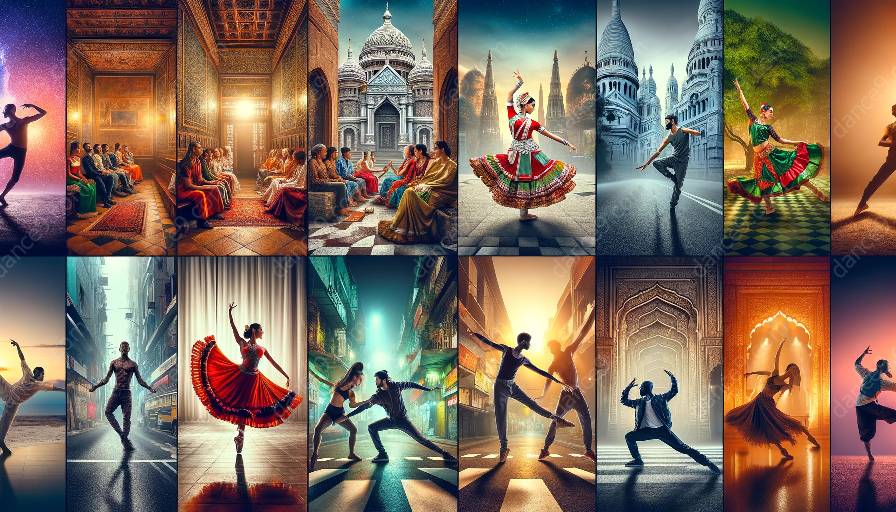Introduction
Delving into the intricate relationship between dance and storytelling is like unraveling a timeless tapestry of human expression. Dance has served as a universal medium for conveying narratives and emotions across cultures and societies. From classical ballet to contemporary movements, each type of dance unfolds unique stories, preserving cultural traditions and reflecting on the human experience.
Embodiment and Conveyance of Narrative through Dance
Dance embodies and conveys narrative and storytelling through a combination of physical movements, music, and emotive expressions. In traditional narrative ballets like 'Swan Lake' or 'The Nutcracker,' dancers depict characters and events through their movements, showcasing the development of the plot and the emotions of the characters. Likewise, in other types of dance such as contemporary, hip-hop, or cultural dances, the choreography and music intertwine to narrate powerful stories and cultural history.
Classical Ballet: Preserving Timeless Tales
Classical ballet, with its graceful and precise movements, has been a powerful vehicle for storytelling for centuries. The ethereal choreography of 'Giselle' or the tragic romance of 'Romeo and Juliet' is etched into the hearts of audiences, as dancers elegantly translate narratives into mesmerizing performances.
Contemporary Dance: Expressing Modern Narratives
Contemporary dance often explores abstract and current themes, using movement to push the boundaries of narrative storytelling. Through avant-garde choreography and emotive expressions, contemporary dancers unravel complex and thought-provoking stories, reflecting the ever-changing human experiences and emotions.
Cultural Dances: Celebrating Heritage and History
Diverse cultural dances, whether it's the vibrant flamenco of Spain, the rhythmic beats of African dance, or the enchanting movements of traditional Indian dance, embody centuries-old narratives and cultural identities. Each movement and gesture in cultural dances encapsulates rich stories, folklore, and traditions, serving as a living testament to the history and spirit of a community.
The Language of Movement and Music
Integral to the embodiment of narrative in dance is the seamless integration of movement and music. The rhythm, tempo, and melody woven into dance performances add depth and layers to the storytelling. The graceful leaps and pirouettes of ballet and the energetic, syncopated movements of jazz dance all create a symbiotic relationship with the musical score, enhancing the narrative and emotional impact of the performance.
Connection to Human Experience and Emotions
Dance as a storytelling medium resonates deeply with audiences because of its ability to connect with fundamental human experiences and emotions. From the profound sorrow of a tragic ballet to the jubilant celebrations in traditional folk dances, spectators become immersed in the shared narratives and emotions portrayed on stage, fostering a sense of empathy and understanding.
Conclusion
The captivating interplay between dance and narrative storytelling transcends linguistic and cultural barriers, offering a universal canvas for human expression. Each type of dance carries within it the essence of storytelling, preserving the narratives of the past and weaving new tales for the future.











































